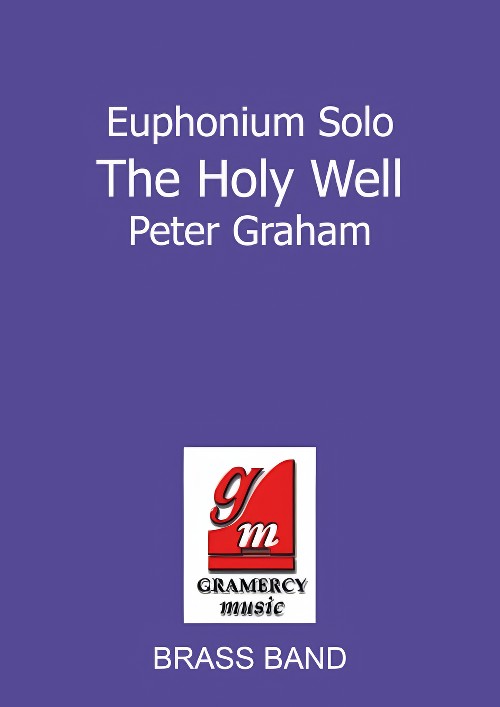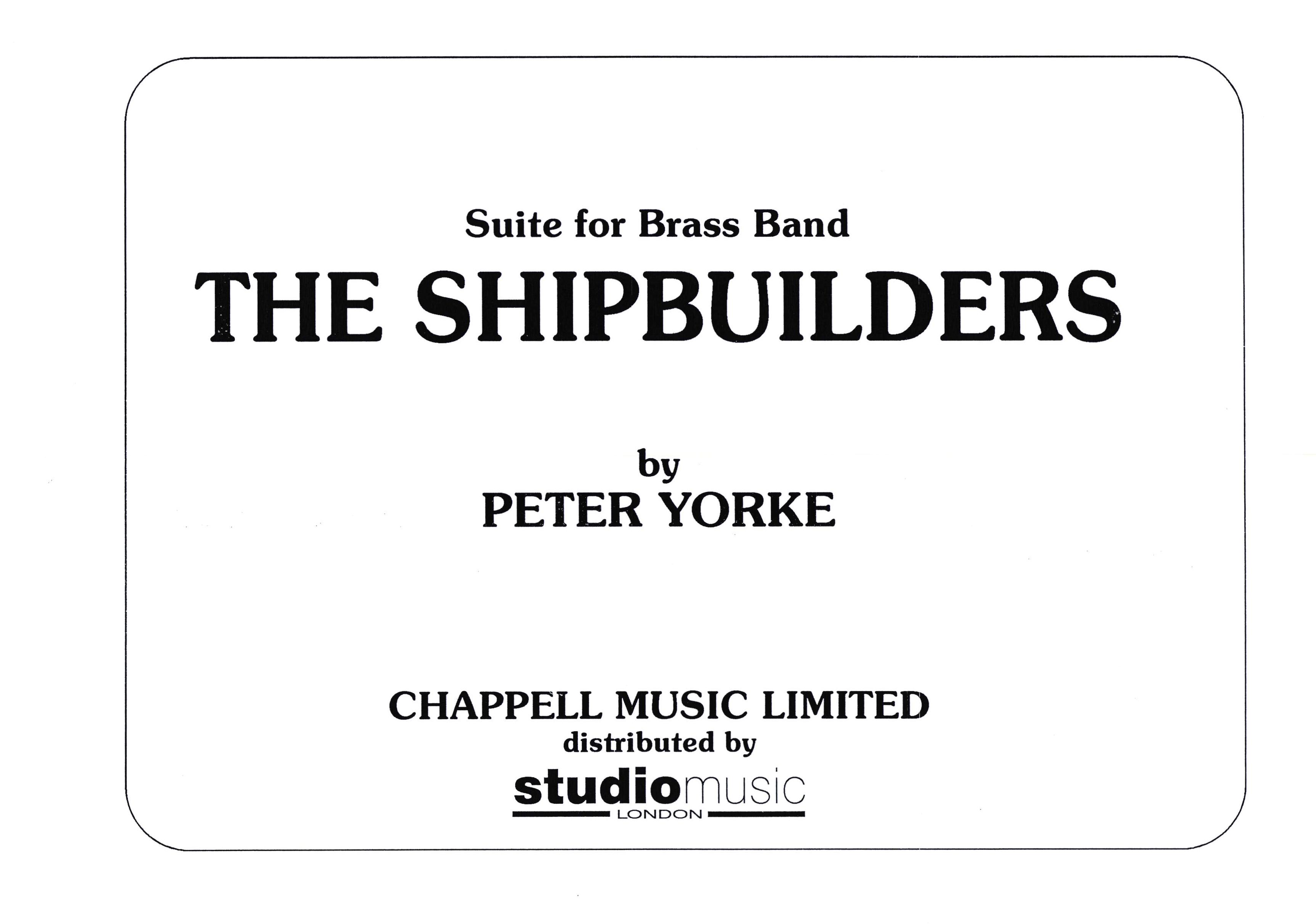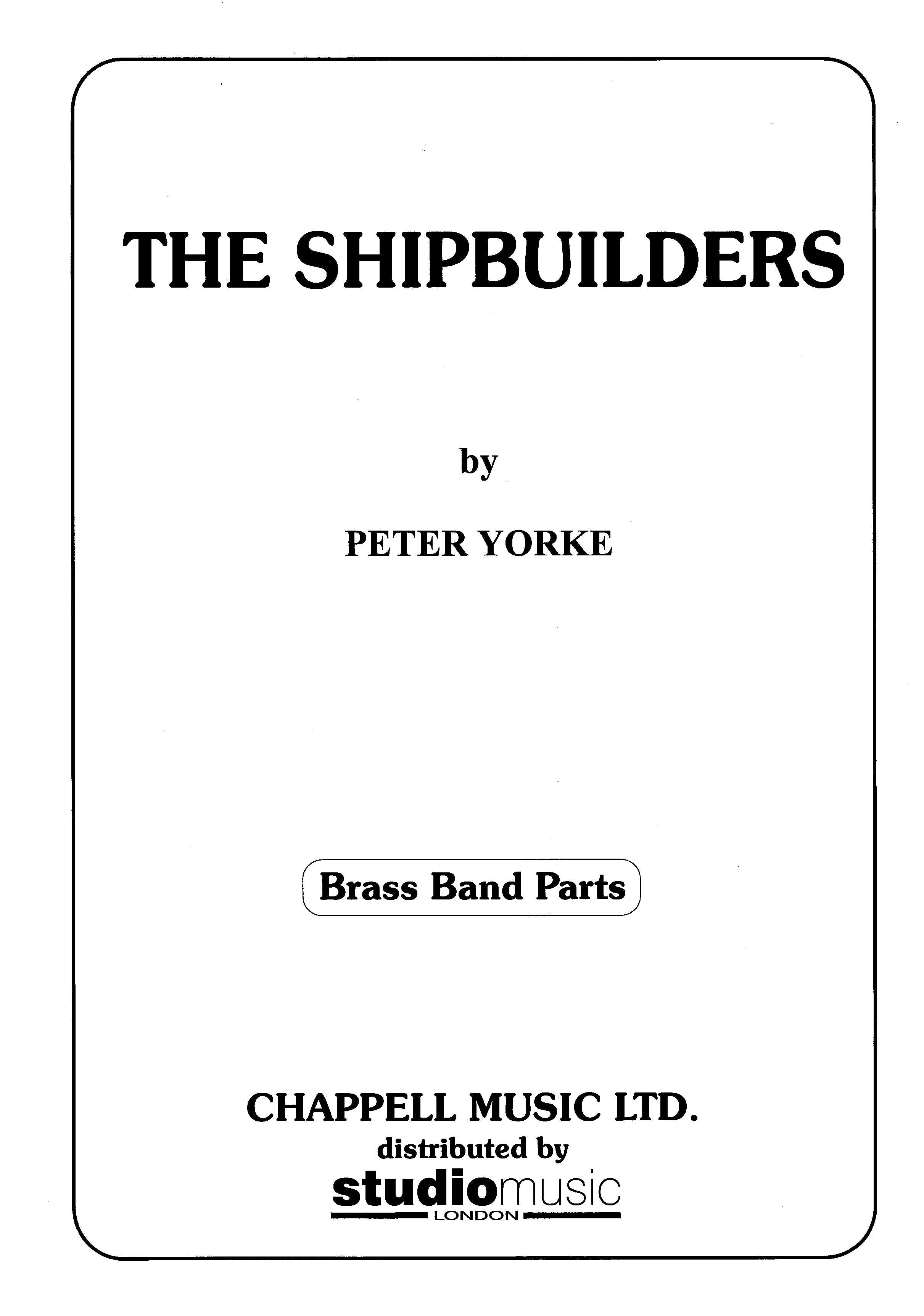Results
-
 £54.20
£54.20LAND OF HOPE AND GLORY/THE OLD CELTIC CROSS (Brass Band) - Lorriman, Howard
The Old Celtic Cross is recorded on Obrasso CD954 Forever Shining (Black Dyke Band conducted by Nicholas J Childs). Grade: Easy. Soundfile is for Old Celtic Cross only.
Estimated dispatch 7-14 working days
-
 £29.95
£29.95LAND OF THE LONG WHITE CLOUD, The - Aotearoa (Brass Band Extra Score) - Sparke, Philip
Extra Score only. First Section - National Brass Band Championships of Great Britian Area Test Piece 2017. Recorded on Polyphonic QPRL069D Un Vie de Matelot, Polyphonic QPRL065D Double Champions
Estimated dispatch 7-14 working days
-
 £59.95
£59.95LAND OF THE LONG WHITE CLOUD, The - Aotearoa (Brass Band Set - Score and Parts) - Sparke, Philip
Score & Parts. First Section - National Brass Band Championships of Great Britian Area Test Piece 2017. Recorded on Polyphonic QPRL069D Un Vie de Matelot, Polyphonic QPRL065D Double Champions
Estimated dispatch 7-14 working days
-
 £44.95
£44.95The Holy Well (Euphonium Solo with Brass Band - Score and Parts) - Graham, Peter
The main theme from?On Alderley Edge?was commissioned for euphonium solo by Riki McDonnell. Recorded by both Riki and Morgan Griffiths of Yorkshire Building Society Band.
Estimated dispatch 7-14 working days
-
 £54.20
£54.20WAY WE WERE, The (Wormald) (Flugel Horn Solo with Brass Band) - Wormald, Christopher
Duration: 4'55". Grade: easy. Recorded on OBRCD946 The Way we Were (Cory Band).
Estimated dispatch 7-14 working days
-
 £32.95
£32.95The Shipbuilders (Brass Band - Score only) - Yorke, Peter
Suite for Brass BandMovements:Web of Steel (Dur: 2.30)The Launching (Dur: 2.15)All Hands at Work (Dur: 2.15)Maiden Voyage (Dur: 2.00)Duration: 9.002008 National Championships Final, Fourth SectionRecorded on Polyphonic QPRL050D Harry Mortimer: A Tribute in Music
Estimated dispatch 7-14 working days
-
 £69.95
£69.95The Shipbuilders (Brass Band - Score and Parts) - Yorke, Peter
Suite for Brass BandMovements:Web of Steel (Dur: 2.30)The Launching (Dur: 2.15)All Hands at Work (Dur: 2.15)Maiden Voyage (Dur: 2.00)Duration: 9.002008 National Championships Final. Fourth SectionRecorded on Polyphonic QPRL050D Harry Mortimer: A Tribute in Music
Estimated dispatch 7-14 working days
-
 £30.00
£30.00Cabin in the Corner - Traditional Gospel
Initially made famous by Hank Williams and inspired by the arrangement that appears on James Morrison's Gospel Collection Volume 1 album, released in 2006.
-
£33.00
Batman The Movie (Theme) - Elfman, D - Catherall, A
From the 1989 Batman movie this piece by Danny Elfman has gone on to become iconic.Courtesy of World of Brass
In Stock: Estimated dispatch 1-3 working days
-
£33.00
The Gloucestershire Wassail - Harper, P
A superb, choreographed opener to a concert. In traditional wassail fashion small groups of musicians play in various part of the hall eventually congregating as a full band on stage in a magnificent finale. Playable by most levels of bands with competent cornet sections.3rd section +
In Stock: Estimated dispatch 1-3 working days
